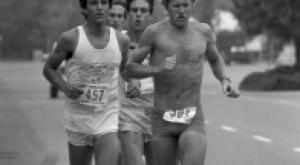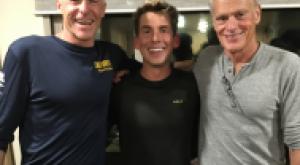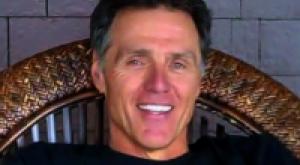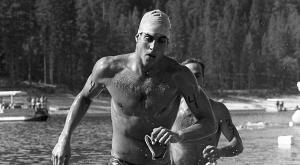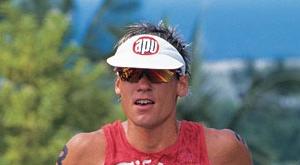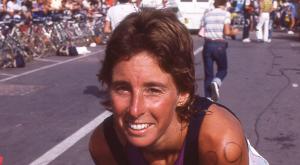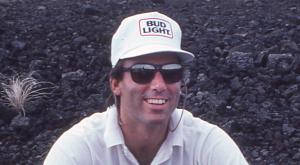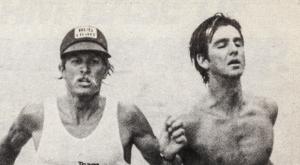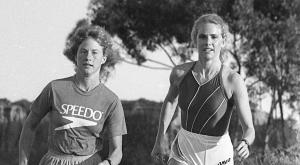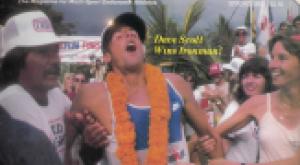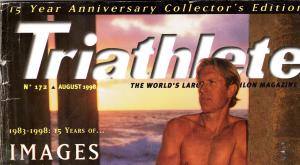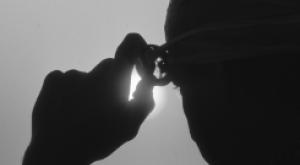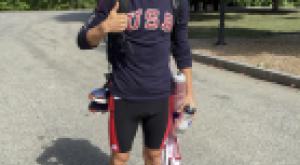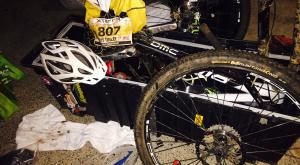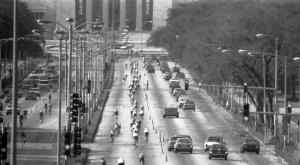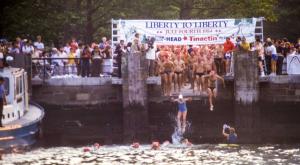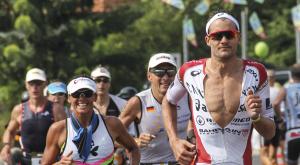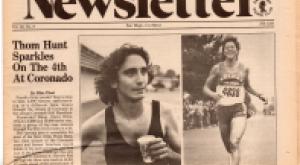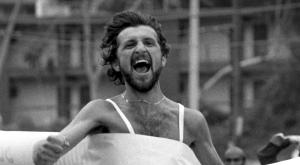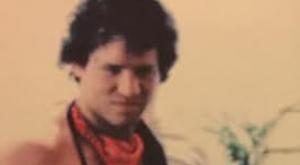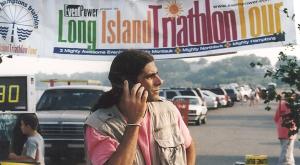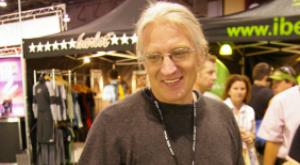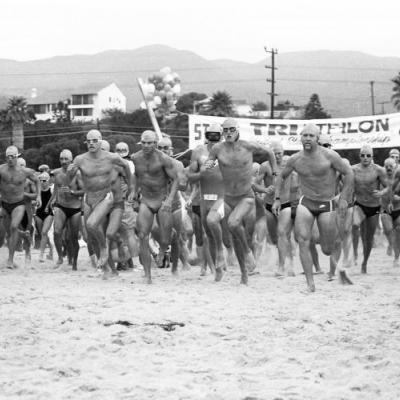
It was November, 1982, and the sport of triathlon had just begun a claw its way out of the primordial multi-sport ooze. This was back before aero bars, or even Power Bars. It was a time when the choice of technical rehydration was mostly limited to green and orange Gatorade, and when a “professional” triathlete was anyone capable of running six miles off the bike in less than 46 minutes, and willing to do so in a Speedo, in public. There was no such thing as an Ironman back then; there was only the Ironman -- one race, one place -- and the fact that the event had been held twice in ‘82 that year was notable, since most folks were only just coming to grips with the realization that swimming, cycling and running 140 miles on the same day was physically survivable. The thought of doing the damn thing twice in eight months seemed downright insane.
But that year things changed when California-based race promoter Hans Albrecht, best known for the Catalina Island Marathon and the Super Bowl 10K in Redondo Beach, announced the “U.S. Pro Championships” to be held at Zuma Beach in Malibu on Nov. 3, just three weeks after the ironman in Hawaii. Flyers for the event made the rounds in Kona that year, and probably would not have made much of an impression had it not been for the startling proclamation of a $17,000 prize purse – an amount exceeding by a factor of ten the combined total of all prize money offered anywhere, by anyone, in the entire brief history of the sport. For the ragged handful of top men and women still standing after the Ironman (the marathon that year had been dire, a death march), the offer was irresistible.
As it turned out, the race was a horror – a five-hour-long nightmare of cold water, bad weather, non-existent traffic control and abysmally bad event management. The 1.2 mile out-and-back swim in sub-60-degree water was devastating. The best triathletes in the world at the time – many of them experienced Southern California lifeguards – struggled to get back to beach. Future Ironman god Mark Allen nearly drowned and had to rescued, while those who made it back to the beach and chose to continue the race spent agonizingly long minutes in transition, shivering with hypothermia, struggling to change clothes and fasten gear with fingers that had stopped working before the halfway point in the swim. Scott Tinley crashed out of the bike ride with a broken collarbone and only sheer luck prevented more serious injuries on a bike course that intersected speeding Sunday-morning traffic on Pacific Coast Highway, sans traffic control.
Yet for all that, it was seminal event – a launching pad for the professional side of the sport that featured real money, network television coverage, bad-blooded politics, and near death experiences. From Malibu one can trace not only the growth and expanding influence of Tri-Fed , the fledgling national governing of the sport that would become USAT, but the willingness and capability of the best triathletes to race multiple long-distance events without long-term ill effect. And while it can’t be documented, someone swimming in the frigid Pacific Ocean that morning, or standing on the beach watching the post-swim carnage, had to have been thinking the most obvious thought of all: that a triathlon-capable wetsuit was probably a very good idea indeed.


